
“Fire Behavior Prediction” is the process of estimating how a fire is likely to behave under specific conditions, and factors such as weather, terrain, fuel types, and firefighting efforts. This prediction is crucial for firefighters, land managers, and emergency responders to anticipate and effectively manage fires.
Key Factors Influencing Fire Behavior
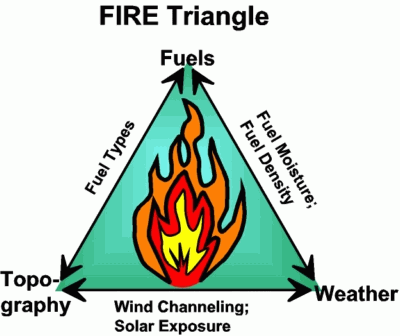
Weather: Weather conditions such as temperature, humidity, wind speed, and wind direction play a significant role in determining Fire Behavior Prediction. Weather changes can rapidly influence fire spread, intensity, and direction.
Fuel Characteristics: The type, amount, arrangement, and moisture content of fuels (vegetation, debris, etc.) in the fire’s path profoundly affect fire behavior. Fine fuels like grasses burn quickly, while larger fuels like logs burn more slowly.
Topography: Terrain features such as slope, aspect, and elevation can influence fire behavior by affecting wind patterns, heat transfer, and fuel availability. Slopes can enhance or inhibit fire spread depending on their steepness and orientation relative to prevailing winds.
Fire History: Previous fire occurrences in the area can influence fuel continuity, vegetation composition, and fuel loading, thereby impacting fire behavior.
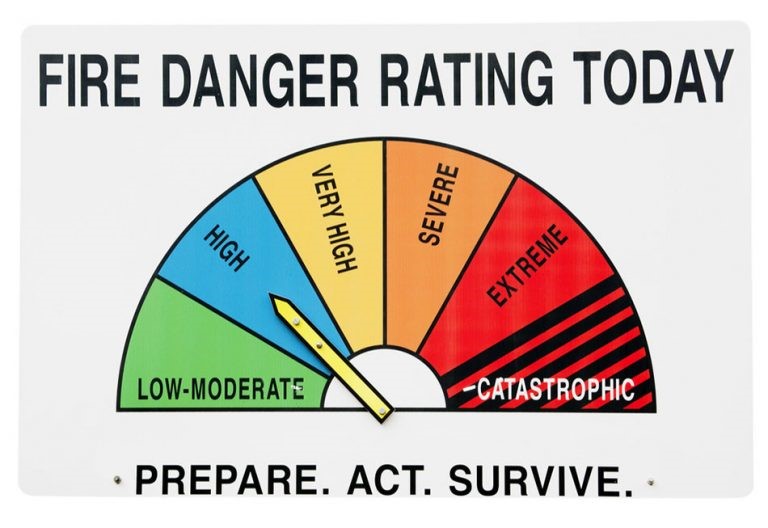
Fire Suppression Efforts: Firefighting activities, such as fireline construction, water drops, and backburning operations, can directly influence fire behavior by altering fuel availability, heat distribution, and fire spread dynamics.
Common Tools, Techniques, And Models Used For Fire Behavior Prediction
By integrating these tools and techniques, fire managers can develop more accurate predictions of fire behavior, enabling them to make informed decisions to protect lives, property, and natural resources during wildfire events.
Fire Behavior Models
These are mathematical or computational models that simulate various aspects of fire behavior, such as rate of spread, flame length, and fireline intensity. Examples include the Fire Spread Probability Model (FSPro), BehavePlus, and FARSITE.
BehavePlus: Developed by the U.S. Forest Service, BehavePlus is a widely used fire behavior modeling system that integrates surface fire behavior, crown fire behavior, spotting potential, fuel moisture, and other factors. It allows users to estimate various fire behavior parameters under different fuel and weather conditions.

FARSITE: FARSITE (Fire Area Simulator) is a fire growth simulation model used to predict the spread of wildfires over heterogeneous landscapes. It incorporates terrain, fuels, weather, and ignition points to simulate fire behavior and growth patterns.
WRF-SFIRE: The Weather Research and Forecasting model coupled with the SFIRE fire spread model is a physics-based modeling system that simulates fire-atmosphere interactions and for Fire Behavior Prediction. It considers the effects of atmospheric stability, turbulence, and heat fluxes on fire spread.
Empirical Models: These models are based on observed relationships between fire behavior and environmental factors. They often use statistical analyses of historical fire data to predict fire spread, intensity, and other behaviors.
Physics-Based Models: These models simulate fire behavior using mathematical equations that describe the physical processes involved, such as combustion, heat transfer, and airflow. Physics-based models require detailed input data on fuel properties, weather conditions, and terrain characteristics.
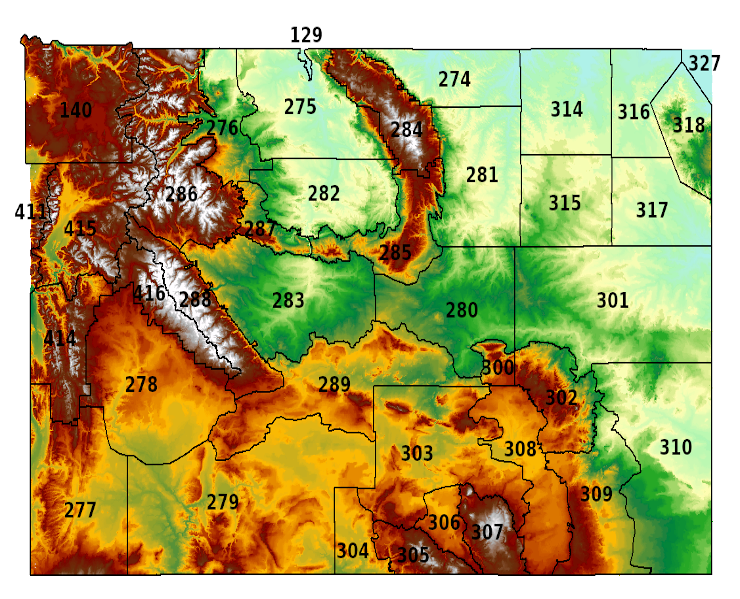
Fire Behavior Prediction Systems: These are comprehensive software systems that integrate various models and algorithms to provide real-time predictions of fire behavior. They often combine empirical, physics-based, and expert knowledge to forecast fire spread, intensity, smoke production, and other relevant parameters.
Remote Sensing and GIS
Remote sensing data, such as satellite imagery and aerial photography, combined with Geographic Information Systems (GIS), are used to assess fuel characteristics, terrain, and other factors that influence fire behavior. These technologies help improve the accuracy of fire behavior predictions by providing detailed spatial information.
Remote Sensing Technologies:
MODIS (Moderate Resolution Imaging Spectroradiometer): MODIS sensors on NASA’s Terra and Aqua satellites provide near real-time data on fire detections, burned area mapping, and vegetation indices. These data are valuable for monitoring fire activity and assessing fire behavior.
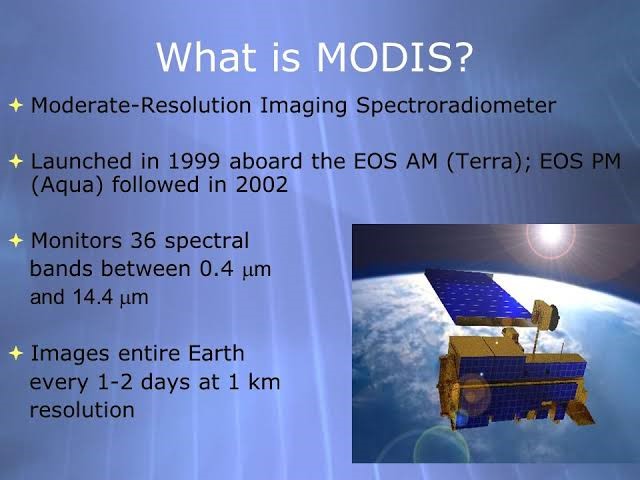
LIDAR (Light Detection and Ranging): LIDAR technology provides detailed 3D maps of terrain, vegetation structure, and fuel characteristics. It enhances fuel modeling and fire behavior prediction by accurately capturing landscape features.
Weather Forecasting
Meteorological data and weather forecasts from agencies such as the National Weather Service are critical for predicting fire weather conditions and understanding how weather patterns will affect fire behavior.
Fire Weather Index (FWI) System: The FWI System, developed by the Canadian Forest Service, integrates weather data (temperature, humidity, wind speed, and precipitation) to assess fire danger levels and predict fire behavior. It includes indices such as the Fire Weather Index (FWI), Initial Spread Index (ISI), and Buildup Index (BUI).
Numerical Weather Prediction (NWP) Models: High-resolution weather forecast models, such as the Global Forecast System (GFS) and the European Centre for Medium-Range Weather Forecasts (ECMWF), provide detailed predictions of atmospheric conditions that influence fire behavior.
Fuel Moisture Monitoring
Monitoring the moisture content of fuels using instruments like fuel sticks, fuel moisture meters, and live fuel moisture sensors helps assess fuel flammability and Fire Behavior Prediction.

Timber Moisture Content (TMC): TMC meters measure the moisture content of wood fuels, helping fire managers assess fuel flammability and susceptibility to ignition.
Live Fuel Moisture (LFM): Live fuel moisture sensors measure the moisture content of live vegetation, such as leaves and branches, which influences fire behavior, especially in areas with high shrub or grassland fuel types.
Fire Behavior Analysts
Experienced fire behavior analysts use a combination of observational data, historical knowledge, and modeling tools to make informed Fire Behavior Prediction during wildfire incidents. These advanced tools and technologies enable fire managers to assess fire danger, predict fire behavior, and make informed decisions to mitigate the impacts of wildfires on communities and ecosystems.
Decision Support Systems (DSS)
DSS tools incorporate fire behavior predictions along with other relevant information, such as resource availability, evacuation routes, and environmental impacts, to assist decision-makers in planning and managing wildfire incidents.
These are software tools that integrate various data sources, models, and decision-making frameworks to assist fire managers in planning and responding to wildfire incidents effectively.
RODS (Rapid Onset Decision Support): RODS is a decision support system developed by the U.S. Forest Service to provide real-time fire behavior predictions, evacuation planning, and resource allocation recommendations during wildfire incidents.
WIFIRE: WIFIRE is an integrated system for wildfire analysis, modeling, and prediction developed by researchers at the University of California, San Diego. It combines real-time data streams, high-resolution simulations, and visualization tools to support wildfire response and management.
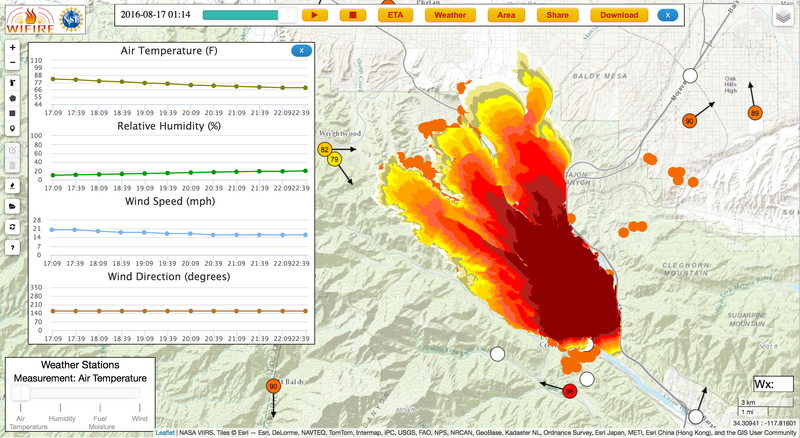
Expert Judgment: In some cases, experienced fire behavior analysts rely on their expertise and intuition to predict fire behavior. While not as quantitative as modeling approaches, expert judgment can provide valuable insights, especially in situations where data or modeling tools are limited.
Summary
It’s important to note that fire behavior prediction is inherently uncertain due to the dynamic and complex nature of wildfires. Factors such as sudden changes in weather conditions, interactions between different fuel types, and topographical influences can all affect fire behavior unpredictably. Therefore, fire managers must continuously update and refine their predictions based on real-time observations and situational awareness during firefighting operations.
To Enroll In Online Courses For Fire Safety,Please Click Here
As a safety officer, it is your responsibility to keep your people and assets safe! Know more & Propel your skills to new heights.
Join Ken Institute and unlock a world of online courses in Fire Safety, Occupational Health and Safety, Environment and Sustainability, and Mechanical Engineering.
Get in touch with us at: info@keninstitute.com
Visit our website: www.keneducation.in
Call us on +917569034271
Let’s connect together on: Facebook, YouTube, LinkedIn, and Instagram.

